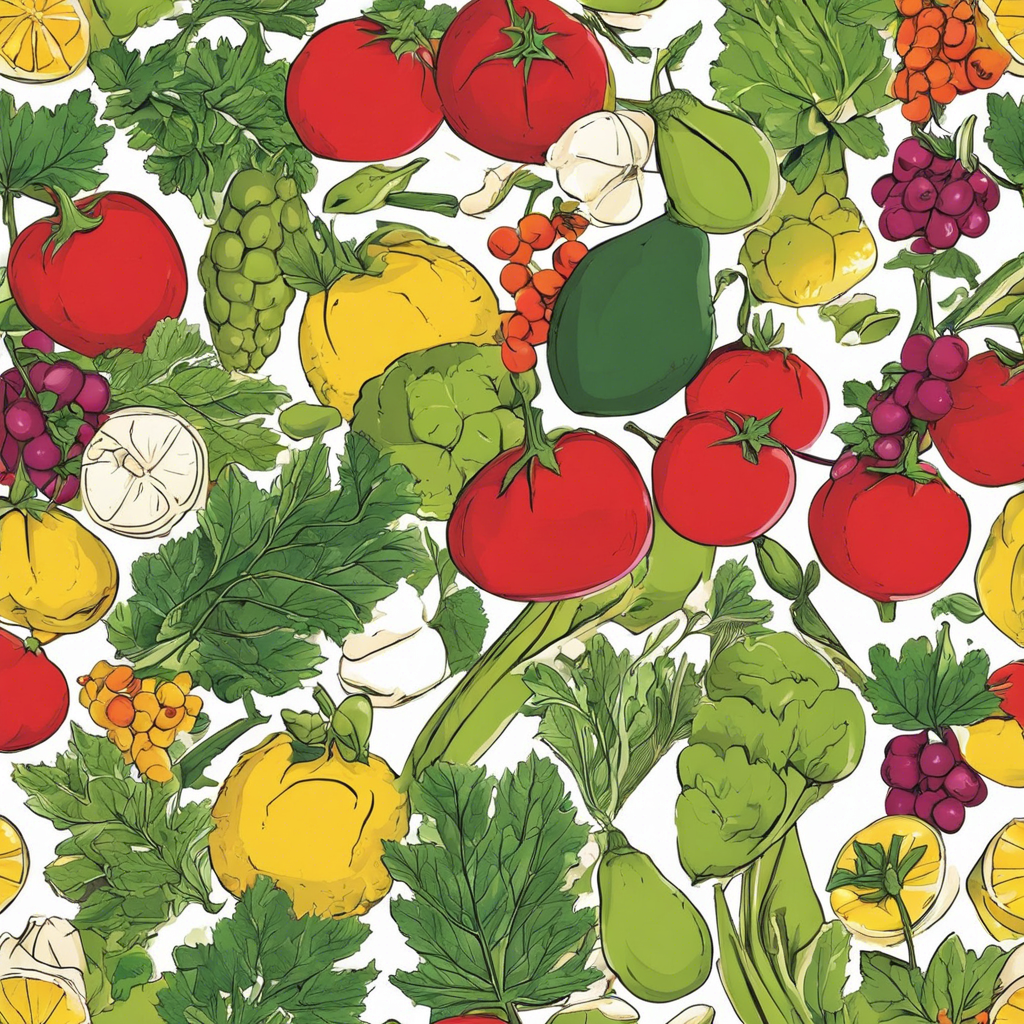As the seasons change, so too should our diets. Embracing seasonal cooking is a wonderful way to connect with nature’s bounty and support local farmers, bringing a variety of fresh, flavorful ingredients to your table. It is a mindful approach to mealtimes, celebrating the produce, meats, and flavors unique to each time of the year.
Spring, for instance, is a time for renewal and a celebration of bright, vibrant ingredients. Think asparagus, artichokes, and an abundance of herbs. Summer brings a riot of colors with juicy tomatoes, stone fruits, and berries, perfect for light, refreshing meals. The shift to autumn ushers in heartier fare with winter squashes, root vegetables, and apples taking center stage. And, in the coldest months, when nature sleeps, preserved goods, hearty greens, and citrus fruits lend variety and nutrition to our tables. Embracing seasonal cooking is a delicious way to keep your menu varied and exciting.
Seasonal cooking is not only a delicious way to eat, but it also offers a multitude of benefits. Firstly, it encourages a reduced carbon footprint and supports local agriculture by minimizing the transportation of produce. Shopping at local farmers’ markets or joining community-supported agriculture (CSA) programs ensures that your food is sourced ethically and sustainably while also supporting local businesses.
Another advantage of seasonal cooking is the superior flavor and nutritional value of ingredients. Produce picked at its peak and bought locally is packed with flavor and nutrients. Each fruit or vegetable is allowed to shine, needing little manipulation to taste delicious, and with no need for complex recipes, cooking becomes a simpler, more enjoyable task.
To make the most of seasonal cooking, plan your meals around what’s abundant. Embrace the simplicity of letting the ingredients speak for themselves. Preserving and canning are also excellent ways to extend the life of seasonal produce, allowing you to enjoy the tastes of summer in the depths of winter, for instance.
In addition to produce, don’t forget about seasonal meats and dairy. Many animals are more cost-effective during certain times of the year, and taking advantage of this can add variety to your meals. For example, enjoy a whole roasted chicken in the fall, or a leg of lamb in the spring, when prices tend to be lower.
By adopting a seasonal cooking mindset, you’ll find yourself anticipating the shift in ingredients as eagerly as the change in leaves or the bloom of spring flowers. It’s a wonderful way to connect with nature’s rhythm and bring a little adventure to your table. So, embrace the flavors of the season, support local farms, and enjoy the bounty that each time of year has to offer.
To get you started, here are a few simple tips. Firstly, educate yourself about seasonal produce. Familiarize yourself with the produce that is typically available during each season in your region, and plan your meals accordingly. Secondly, be flexible and creative. If you come across an abundance of a particular ingredient, don’t be afraid to experiment with new recipes or adapt your old favorites. Finally, don’t overlook the importance of storage. To ensure your ingredients last until your next market visit, store them correctly. Many root vegetables, for example, do not need to be refrigerated and will last longer kept in a cool, dark place.
Embracing seasonal cooking brings a world of benefits and delights, from supporting local farmers to enjoying nature’s flavors at their very best.
